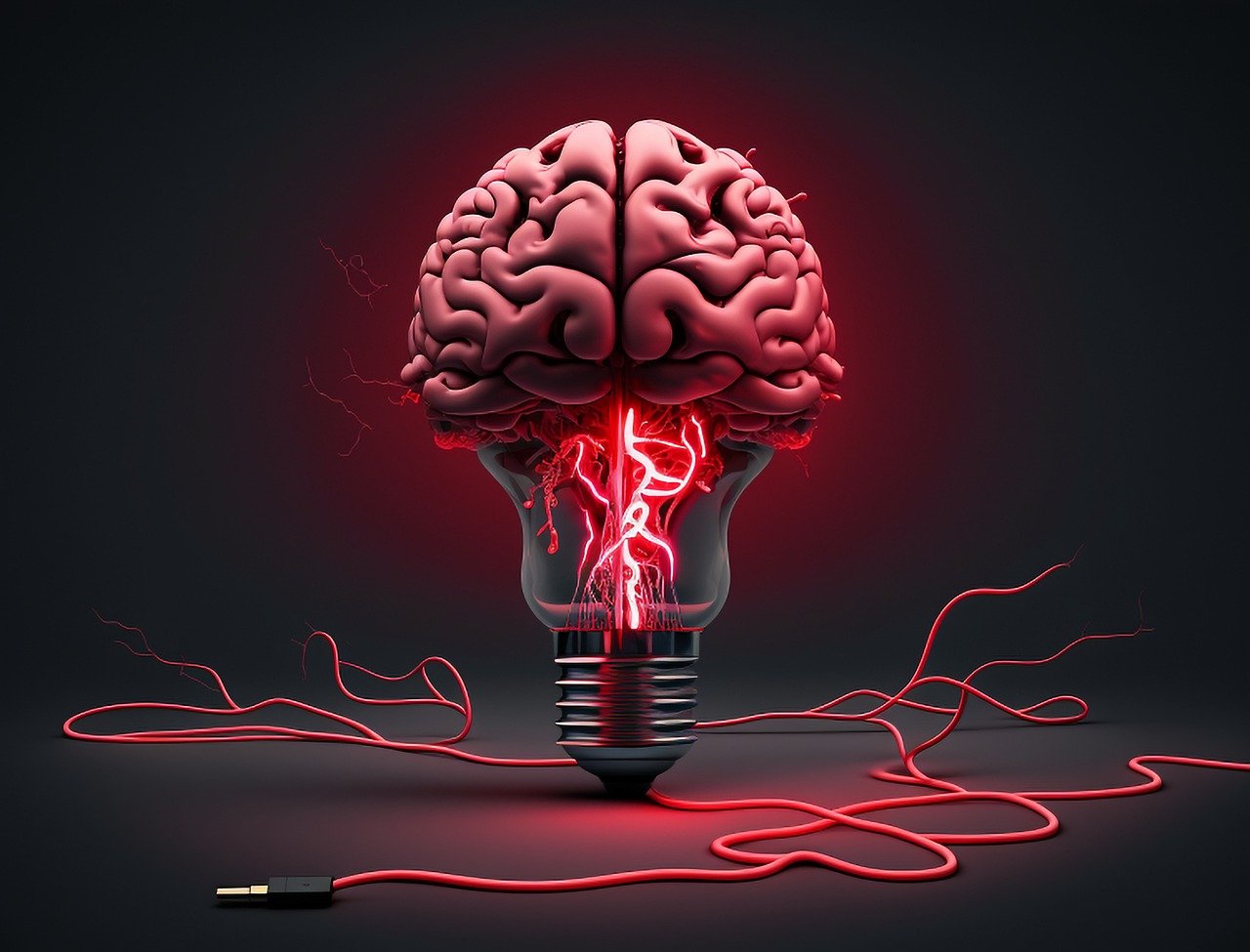Relationship columnists and pop psychologists have long claimed that men and women are wired differently, and a new study has proven them correct.
Scientists developed an artificial intelligence model that was able to tell the difference between scans of men’s and women’s brain activity with more than 90-percent accuracy.
Most of these differences are in the default mode network, striatum, and limbic network – areas involved in a wide range of processes including daydreaming, remembering the past, planning for the future, making decisions, and smelling
With these results, scientists at Stanford Medicine add a new piece to the puzzle, supporting the idea that biological sex shapes the brain.
The researchers said they are optimistic that this work will help shed light on brain conditions that affect men and women differently.
For instance, autism and Parkinson’s are more common in men, whereas multiple sclerosis and depression are more common in women.
‘A key motivation for this study is that sex plays a crucial role in human brain development, in aging, and in the manifestation of psychiatric and neurological disorders,’ said the study’ senior author Vinod Menon, professor of psychiatry and behavioral sciences at Stanford, in a statement.
‘Identifying consistent and replicable sex differences in the healthy adult brain is a critical step toward a deeper understanding of sex-specific vulnerabilities in psychiatric and neurological disorders,’ he added.
To explore the question of sex-specific brain differences, Menon and his team developed a deep neural network model that could learn to classify brain scans as male or female.
They started by showing the AI a series of functional magnetic resonance imaging (fMRI) scans and telling it whether it was looking at a male or female brain.
Through this process, it started to get a handle on which parts of the brain showed subtle differences depending on sex.
When the AI was fed about 1,500 brain scans from a different set than the ones it was trained on, it successfully predicted the sex of the brain’s owner more than 90 percent of the time.
These brain scans came from men and women in the US and Europe, suggesting that the AI model could discriminate by sex even when there were other differences, like language, diet, and culture.
‘This is a very strong piece of evidence that sex is a robust determinant of human brain organization,’ said Menon
One major difference between this team’s AI model and others like it is that it is ‘explainable.’
Scientists often criticize AI for being a ‘black box’ – it can take in information and spit out results, but how it reached its conclusions is often a mystery.Not so with the Stanford team’s model.
In this study, the team could conclude which parts of the brain were most important for the AI to determine a person’s sex.
The three areas that the AI focused on were the default mode network, the striatum, and the limbic network.
The default mode network is active when a person is daydreaming, recalling memories, or otherwise thinking about themselves. The striatum is important for coordinating cognition, including planning, decision-making, and motivation. And the limbic network supports a range of brain functions such as emotion, long-term memory, and a person’s sense of smell.
The study appeared today in Proceedings of the National Academy of Sciences.
Beyond telling brains of men from brains of women, the scientists tried to see if they could use the scans to predict how well someone would perform on a lab test of cognition.
What they found was that no one AI model could predict everyone’s performance. One could predict men’s performance, and one could predict women’s, but neither could predict both.
This suggests that the characteristics that differ between males and females have different implications on behavior depending on sex.
‘These models worked really well because we successfully separated brain patterns between sexes,’ Menon said.
‘That tells me that overlooking sex differences in brain organization could lead us to miss key factors underlying neuropsychiatric disorders.’



